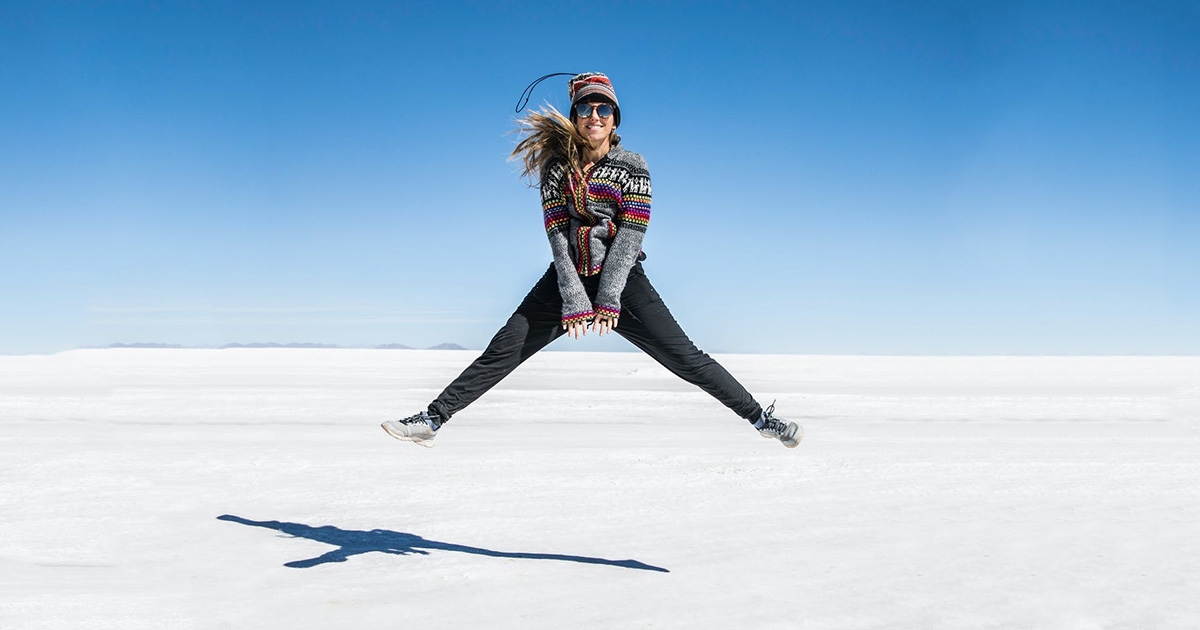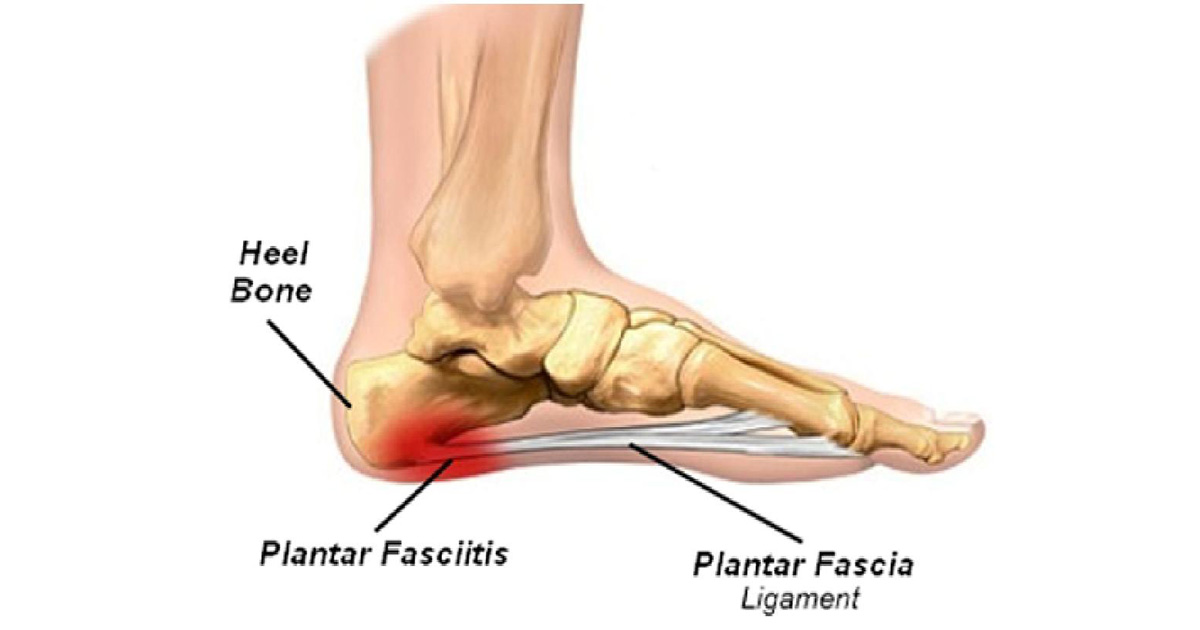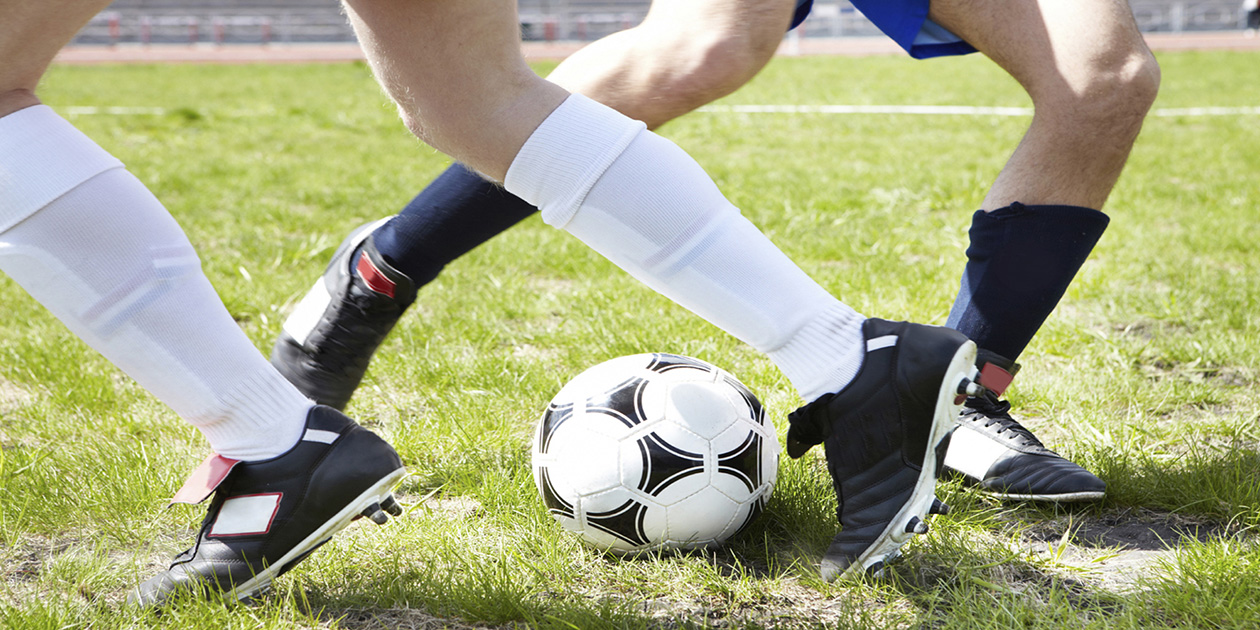Running is a great form of exercise here in Nova Scotia. Besides the proven benefits to our mental and physical health, running is popular because you can run almost anywhere at any time. In addition, all you need is a pair of running shoes. What could go wrong?
Running footwear is a vital piece of equipment and will play a big role in injury prevention and the longevity of your running career. Whether you are a casual runner or a seasoned marathoner, it is important to wear footwear that compliments your mechanics, foot type, and even the terrain you are running on.
A Pedorthist can help you find the perfect footwear; this is achieved by performing an assessment of your biomechanics, posture, and foot anatomy. Below are a few tips for picking footwear based on your foot type.
Arch Type and Footwear
Identifying your arch type is an important part of a Pedorthic assessment; There are three main arch types: high (pes cavus), low (pes planus), and a normal arch.
High Arches: In general, high arched feet have stiff joints that lack the proper range of motion required for optimal running gait. As a result, this foot type does not absorb shock well and can lead to impact-related injuries. Examples of impact-related injuries can be the pain of the ball of the foot (metatarsalgia) or shin splints (medial tibial stress syndrome).
Footwear with a high-quality cushion is recommended for running, particularly if running on hard surfaces such as pavement. In addition to footwear, a Pedorthist may recommend over-the-counter insoles or custom foot orthotics – this is an effective method to redistribute pressures on the foot.
Low Arches: In general, low arched feet have hyper-mobile joints, in other words, there is too much laxity and movement of the joints of the foot. This foot type tends to be associated with over-pronation; this is the inward rolling in of the ankle coupled with the collapse of the arch. Common conditions related to over-pronation include heel pain (plantar fasciitis) and knee pain (patellofemoral syndrome or runner’s knee).
For this foot type, a Pedorthist may recommend stable footwear, which is designed to reduce the amount of pronation during midstance. Over-the-counter insoles or custom foot orthotics are commonly recommended to control these mechanics.
Normal Arch: In terms of arch types, this is where most of the population falls. Now just because you fall within normal limits does not mean you can skimp out on footwear. It is still highly recommended that one be fit properly for both length and width. Most commonly, a stable neutral fitting shoe is recommended. Neutral shoes come in a variety of cushion levels and oftentimes depend on the preference of the runner.
In Conclusion
It is important to note that these tips are general and not intended for medical advice. As always, it is advised to see your family doctor or local pedorthist if you are experiencing any pain or discomfort while running. In-person shoe fitting will always give you the best results – so don’t hesitate to drop by Soles In Motion in Dartmouth, NS to get professionally fitted to keep you running injury free!










